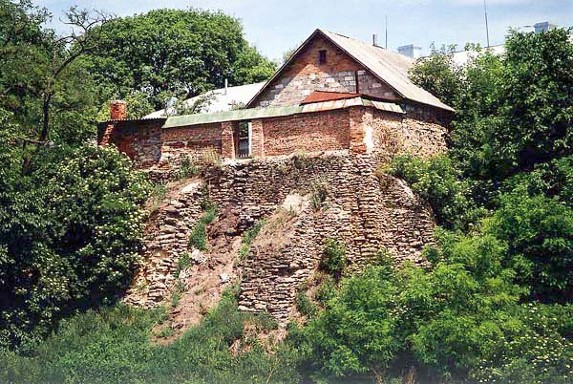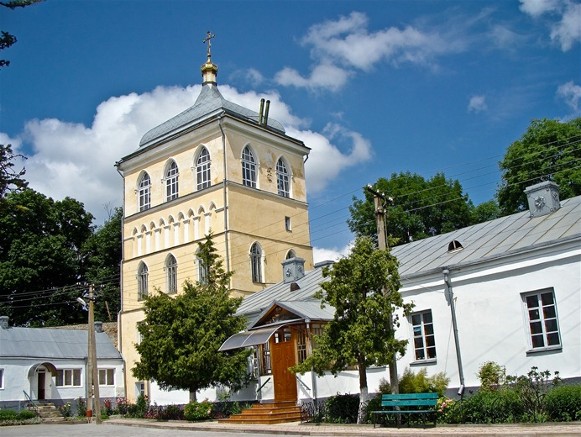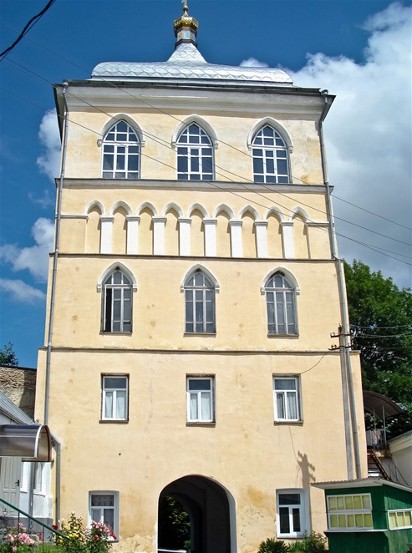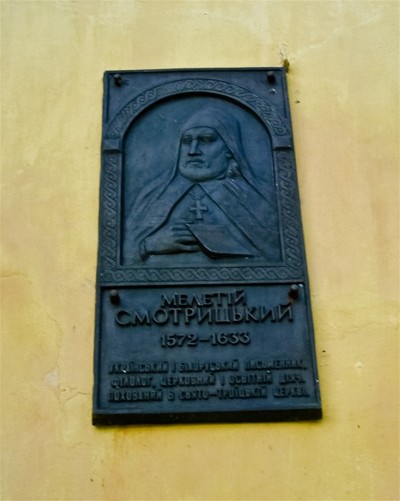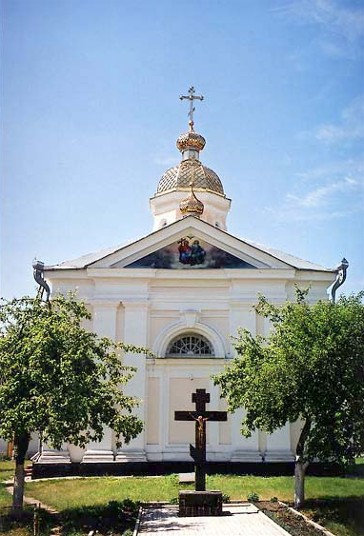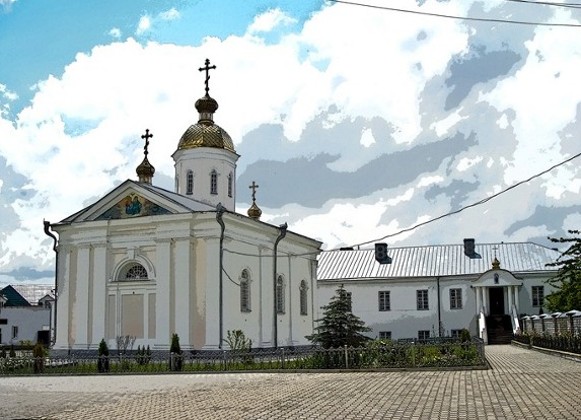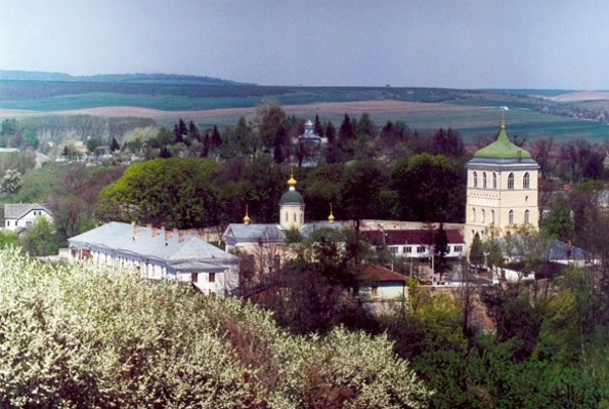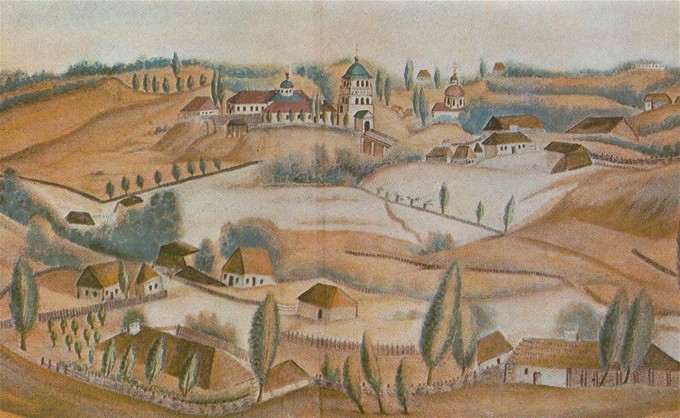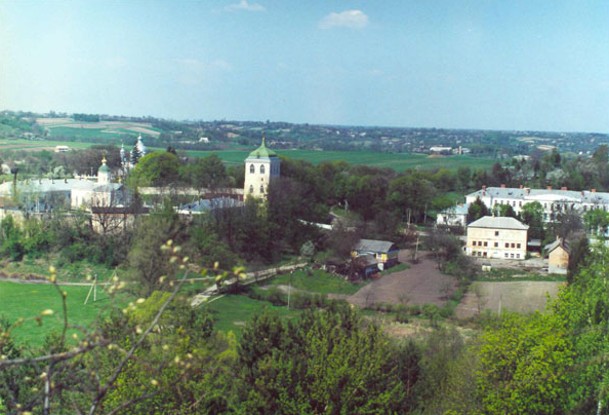Derman Monastery
Derman Monastery [Дерманський монастир; Dermanskyi monastyr]. A monastery established in the 15th century near Dubno by Prince Kostiantyn Ostrozky. In 1602 his son, Kostiantyn Vasyl Ostrozky, granted the monastery a statute of communal life, making Isaakii Boryskovych hegumen, and endowed it with a printing press, which was directed by Demian Nalyvaiko. Among the more important publications of the press were Oktoikh, syrich Osmohlasnyk (Octoechos, or Book of the Eight Modes, 1603–4) and polemical works (see Polemical literature) such as ‘Lyst Meletiia ... patriarkha aleksandriis'koho do ... Ipatiia Potiia’ (The Letter of Meletii ... the Patriarch of Alexandria to ... Ipatii Potii, 1605) and ‘Diialoh ... o pravoslavnoi ... viri’ (Dialogue ... on the Orthodox ... Faith, 1605). The monastery's archive and book collection contained valuable materials from the 15th to 17th century. The Derman Monastery had two branch monasteries. It was governed by archimandrites (from 1627 to 1631 by Archbishop Meletii Smotrytsky), and later by archpriests. The Uniate Basilian monastic order had control of the monastery from 1628 to 1840, when it was returned to the Orthodox church. In 1914 there were only 16 monks at the monastery. Until 1920 a religion teachers' seminary was in operation in Derman; later an eparchial girls' school was opened, which was eventually converted into a private Ukrainian gymnasium. The Derman Monastery was closed by the Soviet authorities. It was reopened and reinstated in 1991.
[This article was updated in 2007.]
